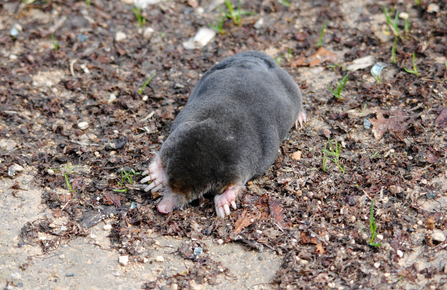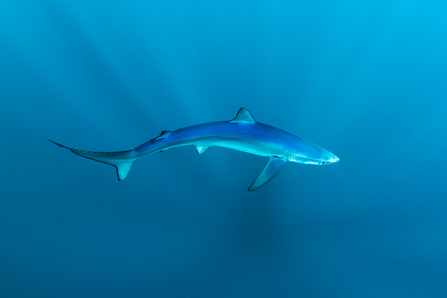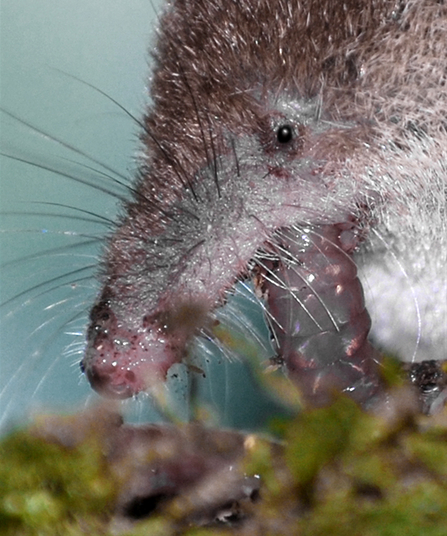Feeling nosy?
A good sense of smell can come in handy, but noses can do so much more! Discover seven of nature's oddest noses.

Mole © Amy Lewis
1. Mole
Moles have a nose for worms, with a strong sense of smell for sniffing out food in the soil. But those long noses have another trick! They contains special sense organs, called Eimer’s organs. They improve the mole’s sense of touch and help it feel its surroundings.

Blue shark © Dan Bolt
2. Blue shark
Just like us, sharks have two nostrils. But unlike us, they don’t use them for breathing – they’re purely for smelling. Sharks have lots of amazing senses, including a strong sense of smell. It seems to be most powerful in sharks that live in the open ocean, or travel long distances like the blue shark.

Common shrew © Alan Price
3. Common shrew
Shrews are easily recognised by their long, pointy snouts. Unsurprisingly, with a nose like that, they have a strong sense of smell. But shrews may have another trick for finding their way around. Some scientists think they use high-pitched calls for a rough form of echolocation.

Gannet © Peter Cairns/2020VISION
4. Gannet
When you plunge face first into the sea at 50mph, you need a pretty tough nose. Most birds have nostrils on top of their beak, but gannet nostrils are fused shut to stop water rushing in when they dive. Instead, they use a second pair of nostrils in the corner of the mouth, which they can close whilst diving.

Acorn weevil © Jon Hawkins – Surrey Hills Photography
5. Acorn weevil
Weevils are a type of beetle famous for their super-sized snout, which scientists call a ‘rostrum’. It’s not technically a nose, as it has mouthparts at the end of it. Female acorn weevils have an extra-long rostrum. They use it to drill holes in acorns, so they can lay eggs inside of them.

Dark-edged bee-fly © Chris Lawrence
6. Dark-edged bee-fly
Bee-flies look like they’re flying around with a sword for a nose! This is actually a tongue-like mouthpart, known as a proboscis. They use it to feed on nectar from flowers. You can see dark-edged bee-flies in early spring. When they aren’t whizzing from flower to flower or sunbathing, they hunt for bee nests they can flick their eggs into.

Bottlenose dolphin calf next to mum © John MacPherson/2020VISION
7. Bottlenose dolphin
Did you know dolphins and other toothed whales talk with their nose? They make sounds by pushing air through special folds in their nasal passages, similar to the way humans speak by pushing air over our vocal cords.

